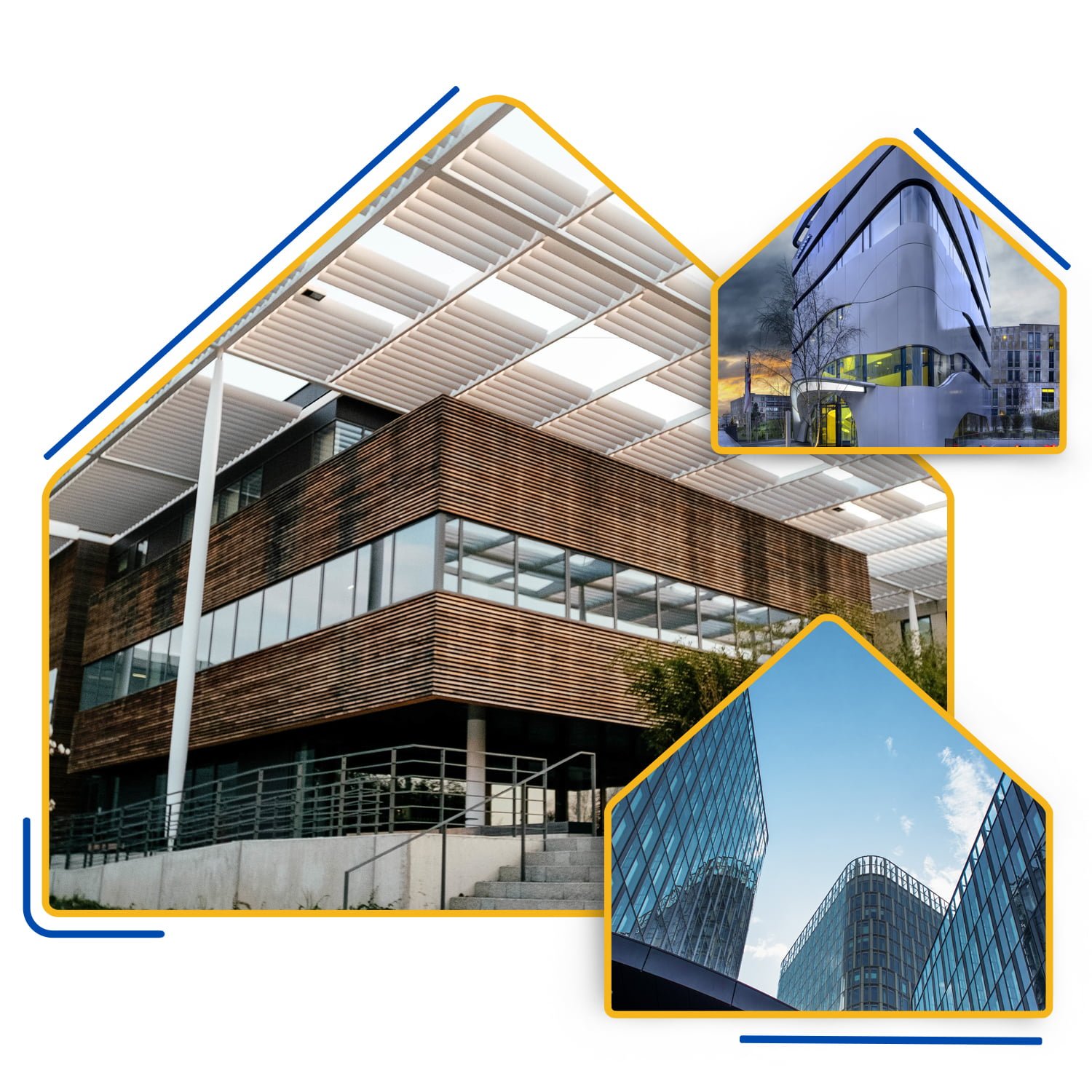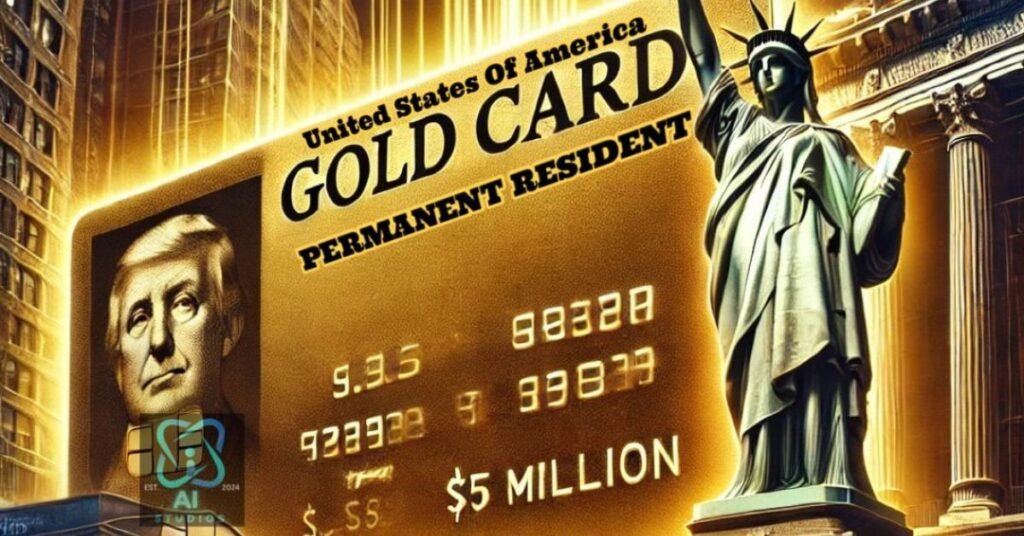Within a Targeted Employment Area (TEA), the EB-5 investment is $800,000; otherwise, it’s $1,050,000. Applying for EB-5 won’t affect other US legal statuses like H1-B, F-1, B-1, etc.


The site is located in Pleasanton, one of the wealthiest middle-sized cities in the U.S. with an average household income of $235,176(family of 4).
It is a 10-20 acre project incorporating four acoustically sound-proof halls that can accommodate 3000 patrons.
There are 1.2 million consumers within a 20-mile radius of Pleasanton who significantly invest on entertainment and party rental supplies.
Customers can enjoy resort-style luxuries such as community clubhouses and rejuvenating lounges.
Developing a common ground to hang out, celebrate, engage, and feel a sense of belonging for people from various cultural backgrounds.
MCC is proposed to get consistent returns from hosting various events and offering in-house event services.
Pleasanton receives a huge influx of tourists of over 1 million every year. Not only does this center attract local residents but also holds the attention of tourists.
Delegates and attendees are likely to spend money on the local businesses hosted in the convention center.
MCC offers exclusive customization services based on the client’s unique preferences.
Pleasanton boasts a total population of 1.2 million within a 20-mile radius. This population demonstrates a huge number of potential clients who inquire about convention and event center rental services. In addition, the Pleasanton community is home to over 440,000 Asian residents, illustrating a lucrative market opportunity for MCC as its services will primarily cater towards the South Asian community.
Moreover, households within the 20-mile radius of Pleasanton have an average household income of $147,743. The high income correlates with the capacity of consumers to purchase services provided by MCC.
What’s most fascinating is that over the five years to 2025, the industry is expected to continue to grow at a strong pace at an annual growth of 4.7%. Despite COVID-19, the economy and consumer spending on event rental supplies is expected to grow. This in turn fosters the business profits to the next level.
All the above numbers illustrate a tremendous investment opportunity for all investors who want to build wealth in the long run. If you’re someone who is looking for a large-scale project that could provide you consistent returns for 30 to 50 years, we warmly welcome you to become a part of the MCC community by investing with us today.



San Ramon, CA 94582
USA

2381 Baker Way
San Ramon, CA 94582
USA

President Donald Trump’s recent announcement regarding the introduction of a new “Gold Card”—offering a pathway to U.S. citizenship in exchange for a $5 million investment—has sparked significant debate in the immigration and investment communities. This move has been positioned as a replacement for the existing EB-5 Immigrant Investor Program, a long-standing initiative designed to stimulate the U.S. economy through foreign investments that create American jobs. However, the fundamental shift in policy raises questions about its implications, fairness, and long-term economic impact.
President Donald Trump’s recent announcement regarding the introduction of a new “Gold Card”—offering a pathway to U.S. citizenship in exchange for a $5 million investment—has sparked significant debate in the immigration and investment communities. This move has been positioned as a replacement for the existing EB-5 Immigrant Investor Program, a long-standing initiative designed to stimulate the U.S. economy through foreign investments that create American jobs. However, the fundamental shift in policy raises questions about its implications, fairness, and long-term economic impact.
A Shift from Job Creation to Direct Capital Contribution
The EB-5 program, established over 35 years ago, has played a crucial role in attracting foreign capital while ensuring job creation in the U.S. economy. Under current EB-5 regulations, investors must contribute at least $800,000 in targeted employment areas or $1,050,000 elsewhere, with a commitment to creating at least 10 full-time jobs for U.S. workers.
President Trump’s proposed “Gold Card” program, however, eliminates these job creation requirements, making it a purely transactional pathway to residency and citizenship. This shift has major implications, as it may open doors for ultra-high-net-worth individuals (UHNWI) who are willing to invest in the U.S. but without a direct commitment to job creation or economic stimulation beyond their initial capital contribution.